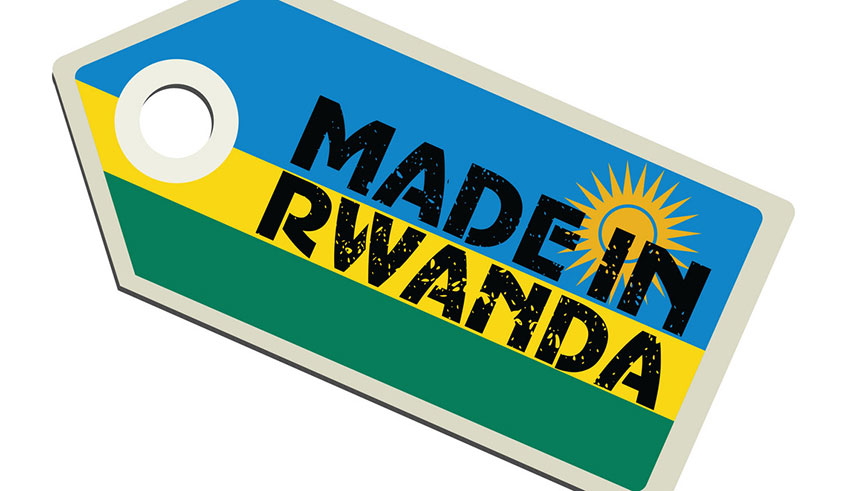

A few years ago, the mere mention of "Made in Rwanda” would conjure images of the woven baskets or Akabanga, the famous hot chili oil that accompanies many meals. Today it has gone even further.
The Made in Rwanda mania is so contagious that in a short while the whole concept spread like wildfire. It began with clothes, where local fashion designers were the first to cash in.
When the youthful Minister of Trade and Industry took office, she suggested that people adopt the couture of wearing "Made in Rwanda” clothes every Friday and it seems to be catching on fast.
For those who can’t afford the high-end fancy designers, they can always get a bargain tailor at any of the major markets in town, especially Kimironko where the Kitenge fabric rules supreme.
But the brand is more than clothes; a simple tour of the Kigali Special Economic Zone will give one the exact picture of how far the brand has gone. The place is buzzing with activity with the latest additions of the Mara phone and the VW assembly plant being the icing on the cake.
But before that, most of the activities were aimed at the export market, especially the clothes manufacturers who had promised affordable clothes after the coming into force of the ban on second-hand clothes.
Just as "made in Rwanda” is no longer about the Kitenge alone, it should also cease to be associated with the export trade alone; the products should also be easily accessible locally, because, as the saying goes; "Charity begins at home”


